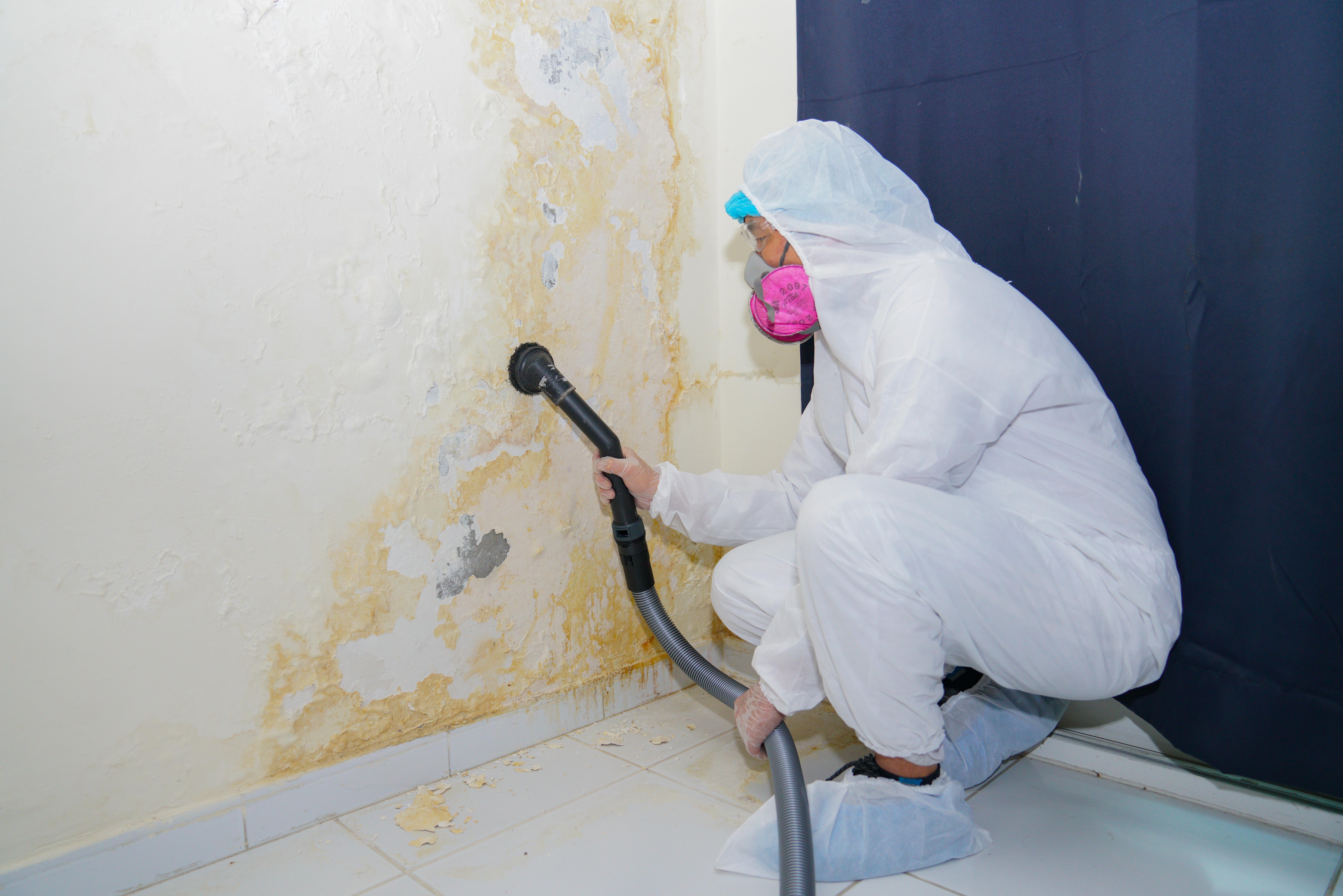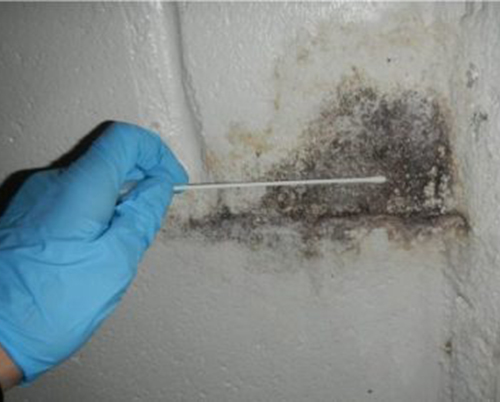Your Ultimate Overview to Article Mold Remediation Strategies
Navigating the realm of post-mold remediation strategies is a precise process that requires focus to information and a detailed understanding of the details involved. In the after-effects of mold infestation, recognizing exactly how to effectively eradicate the mold and mildew and prevent its reoccurrence is critical for maintaining a healthy and balanced indoor environment. From selecting the right cleansing and sanitizing methods to applying approaches for long-lasting mold and mildew avoidance, each action in the removal journey plays an important duty in making certain a successful outcome. As we start this exploration of post-mold removal techniques, we will certainly discover the vital methods and best methods that can help you recover your space to its pre-mold problem and safeguard it versus future mold and mildew dangers.
Comprehending Post-Mold Remediation Refine
After finishing the mold and mildew remediation procedure, it is vital to recognize the post-mold removal methods that are essential to ensure a effective and thorough cleanup. Once the mold has been removed, the next step entails cleansing and decontaminating the impacted locations to avoid any kind of regrowth of mold and mildew. This includes using specialized cleansing representatives to clean down surfaces and kill any kind of continuing to be mold and mildew spores. It is important to dry out the area completely to dissuade the growth of mold in the future (Post Remediation Inspection near me). Proper ventilation and dehumidification can assist in this process.
Furthermore, conducting a last examination post-remediation is vital to ensure that all mold has actually been effectively gotten rid of. If the assessment exposes any remaining mold, extra remediation may be needed.
Reliable Cleaning and Decontaminating Methods

Protecting Against Future Mold Development

Value of Correct Air Flow
Correct air flow plays a crucial function in avoiding dampness build-up, a key variable in mold and mildew development within interior atmospheres. Reliable ventilation systems help get rid of excess humidity from the air, reducing the possibilities of mold spores locating the dampness they need to spread out and germinate. Without ample ventilation, interior areas can end up being a breeding ground for mold and mildew, resulting in prospective health threats and structural damage.
By making certain correct air blood circulation, ventilation systems can additionally aid in drying moist locations quicker after water damages or flooding occurrences, further deterring mold and mildew growth. testing air quality after mold remediation. In areas like washrooms, cooking areas, attic rooms, and basements where moisture degrees have a tendency to be greater, installing and preserving effective air flow systems is critical in preventing mold and mildew invasions

Monitoring and Upkeep Tips
Provided the important function that proper ventilation plays in protecting against mold and mildew growth, it is important to develop effective surveillance and upkeep pointers to guarantee the continued performance of air flow systems. Routine assessments of air flow systems must be performed to check for any kind of indicators of clogs, leaks, or malfunctions that could hinder proper air movement. Monitoring humidity degrees within the building is additionally critical, as high humidity can add to mold growth. Installing a hygrometer can help track humidity degrees and sharp property owners to any kind of spikes that might require focus. In addition, making sure that air filters are frequently cleaned up or replaced is important for keeping the efficiency of the air flow system. Carrying out a routine for regular upkeep tasks, such as air duct cleaning and cooling and heating system examinations, can aid protect against concerns before they escalate. By staying mindful and proactive to the condition of air flow systems, homeowner can effectively mitigate the threat of mold and mildew regrowth and preserve a healthy indoor setting.
Conclusion
To conclude, post-mold removal techniques are essential for ensuring a risk-free and tidy atmosphere. Comprehending the process, carrying out effective cleansing and disinfecting methods, preventing future mold and mildew development, keeping proper air flow, and regular tracking are all vital action in the remediation process. By adhering to these guidelines, you can successfully remove mold and mildew and prevent its return, functioning or advertising a healthy living room for all occupants.
In the results of mold and mildew infestation, knowing how to properly eliminate the mold and prevent its reoccurrence is vital for preserving a healthy and balanced indoor environment. When the mold and mildew has actually been removed, the next step includes cleaning and disinfecting the affected areas to prevent any type of regrowth of mold and mildew - what to do after mold remediation. After getting rid of visible mold development, it is vital to cleanse all surfaces in the affected location to remove After mold remediation any continuing to be mold and mildew spores. To further enhance mold avoidance actions, it is essential to resolve underlying problems that initially led to mold development.Given the essential role that proper ventilation plays in protecting against mold and mildew growth, it is essential to develop efficient tracking and upkeep suggestions to make sure the ongoing functionality of ventilation systems